New Release in 2025: COOL FUEL: The Science and Engineering of Cryogenic Hydrogen

Abstract
Hydrogen, the first and most abundant element in our universe, is an essential zero-carbon fuel in humanity’s race against catastrophic climate change. However, very few have access to cryogenic systems for energy-dense hydrogen to gain the necessary experience to contribute to this race. This textbook is written as an invitation for scientists and engineers with experience in thermodynamics, fluid mechanics, and heat transfer to engage in this race for the future via cryogenic hydrogen research and development. We begin with the history of hydrogen and cryogenics, to create a context for current needs. In Chapter 2, we build a foundation for hydrogen’s unique quantum-mechanical effects on bulk thermophysical properties, and how to choose from and utilize available property models. Practical methods are presented in Chapter 3 for sensing and converting between the quantum-mechanical forms. Chapter 4 presents foundational aspects of hydrogen liquefaction and cooling in recuperative and regenerative cycles. Elements of hydrogen-transfer phenomena including heat-exchanger optimization and recently developed two-phase flow correlations and thermoacoustic instabilities are discussed in Chapter 5. Chapter 6 is an extensive analysis of liquid hydrogen storage-system options. The final chapter overviews the Cool Fuel School, a hands-on cryogenic hydrogen training course that helps readers develop a new system design and associated cryogenic hydrogen safety plan. Readers of this book should gain confidence in the foundational aspects of cryogenic hydrogen science and engineering.
Published online: 17 January 2025
Published in print: 18 February 2025
DOI: https://doi.org/10.1093/9780198936688.001.0001
Online ISBN: 9780198936688
Print ISBN: 9780198936664
Publisher: Oxford University Press
About the authors:
Jacob W Leachman is Professor of Mechanical Engineering at Washington State University in USA
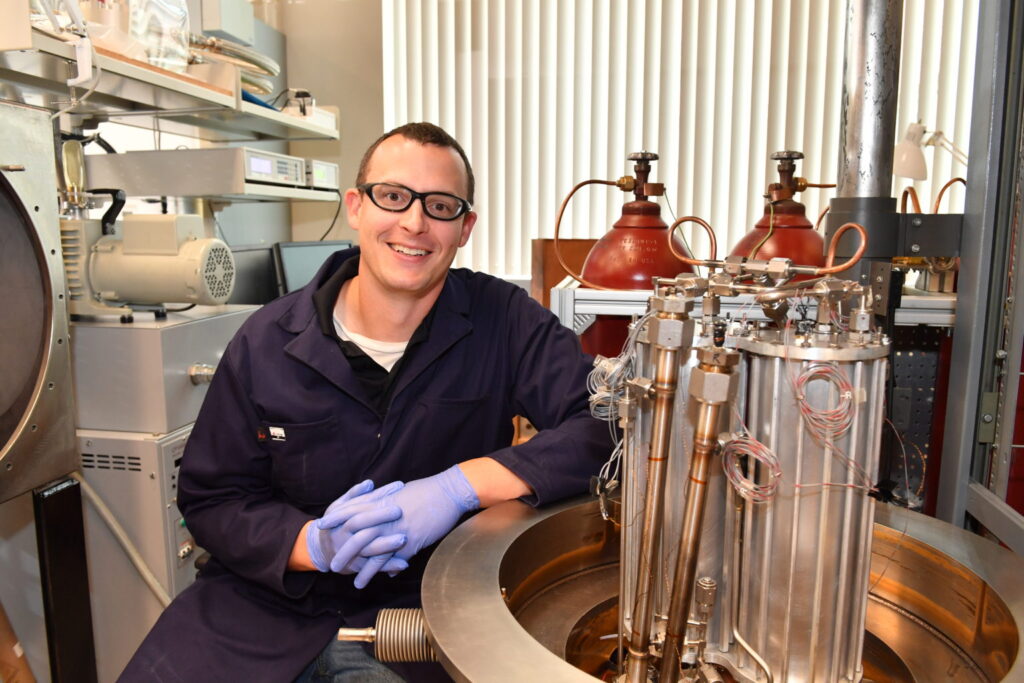
Øivind Wilhelmsen is Professor of Chemistry at the Norwegian University of Science and Technology in Norway
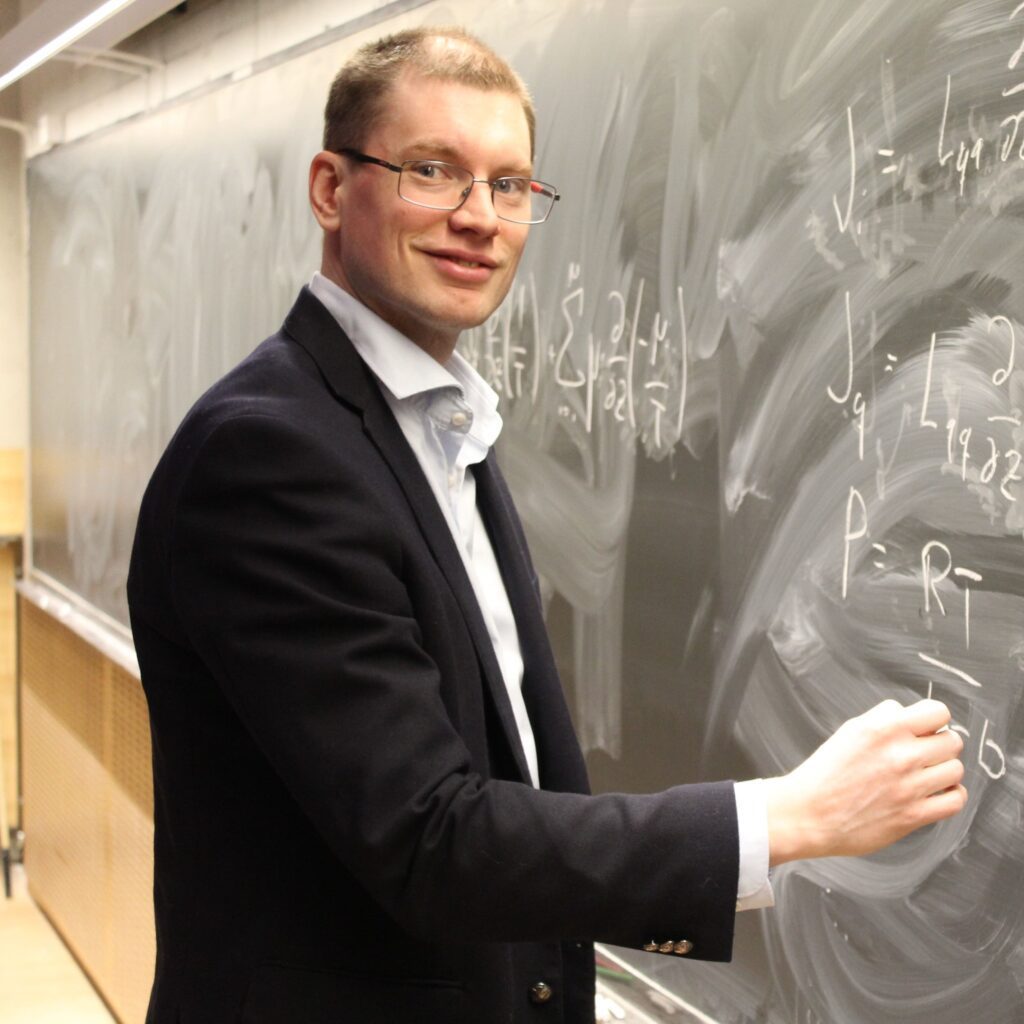
Konstantin I Matveev is Professor at the School of Mechanical and Materials Engineering at Washington State University in USA
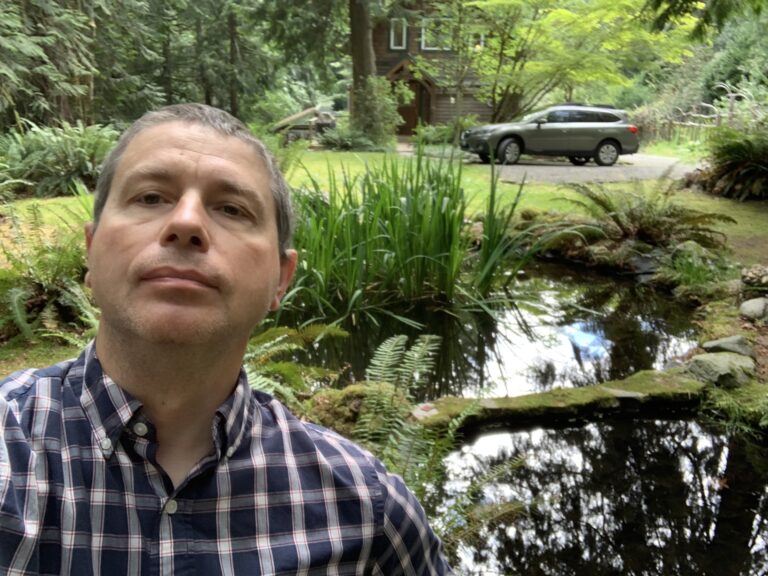
.
Released in 2024: Core Analysis of Reservoir Rock Systems
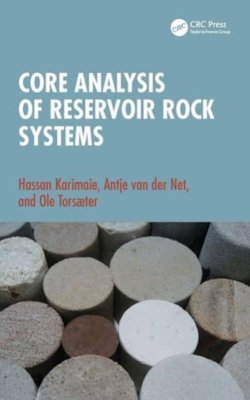
Book description
Core analysis is an essential source of quantitative data on reservoir properties. These data are used for modeling the distribution and flow of oil and gas reservoirs, CO2 and hydrogen storage, and flow behavior in geothermal reservoirs. While several books cover core analysis for practitioners, this book fills a gap through introducing laboratory equipment and procedures used in core analysis and the theoretical aspects of the parameters. It offers detailed instructions on experimental execution for those with limited or no experience including risk analysis for high safety.
- Emphasizes the basic characterization of porous materials for multiphase flow, specifically consolidated natural materials.
- Features methods commonly used in the special core analysis within the oil and gas industry, extending to the emerging field of gas storage with occasional references to research-oriented equipment.
- Offers detailed descriptions of laboratory exercises and instructions on data analysis suitable for student work.
- Includes solutions to some exercises to demonstrate the application of measured parameters in reservoir evaluation.
- Provides a unique combination of brief discussions on the basic theory of parameters, explanations of experimental principles, detailed experimental procedures according laboratory standards, and data analysis, with multiple laboratory-related example problems.
This concise and practical workbook is written for everyone interested in practical measurements of parameters needed for analysis of fluid flow in porous media, specifically students, or for starting staff in the laboratory preferably with a background in geosciences or fluid mechanics, or related topics.
Table of Contents:
Front Matter. 1. Introduction. 2. Working in the laboratory. 3. Core preparation and fluid saturation. 4. Fluid properties. 5. Porosity. 6. Electrical properties of porous media. 7. Absolute permeability. 8. Surface and interfacial tension. 9. Wettability. 10. Capillary pressure. 11. Relative permeability. 12. 2D and 3D flow visualization.
- Publisher : CRC Press
- Publication date ebook : 29 November 2024
- Edition: 1st edition
- Language : English
- Hardcover : 396 pages
- ebook ISBN: 9781003382584
- ISBN : 9781032466187
- Item Weight : 1.59 pounds
- Dimensions : 234 * 156 mm
- Purchase: Core Analysis of Reservoir Rock Systems | ARK Bokhandel
- Purchase: Core Analysis of Reservoir Rock Systems | Hassan Karimaie, Antje van d (taylorfrancis.com)
About the authors:
Hassan Karimaie is instructor of RE course/Senior Reservoir Engineer at Three60Energy/Petroleum Chair and associate professor at KNUST.

Antje van der Net is Associate Professor at the department of Geoscience, NTNU, Trondheim, Norway, and associated member of PoreLab
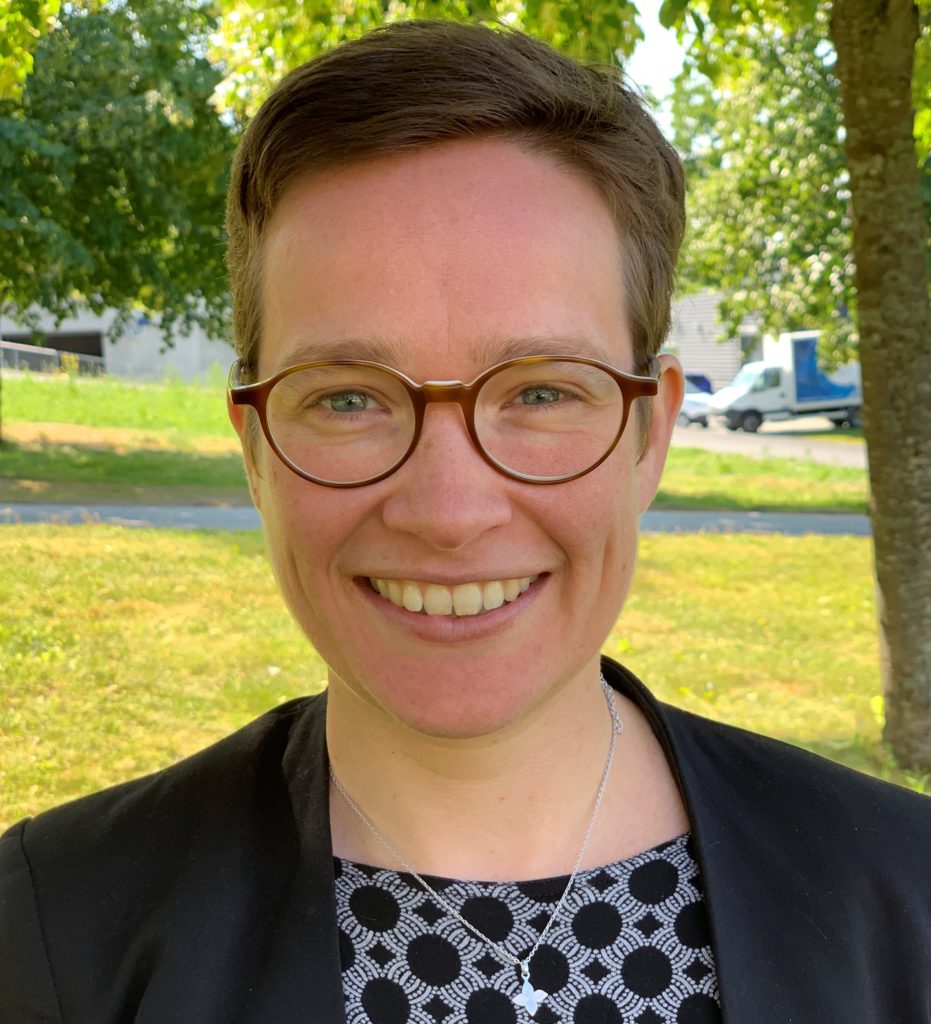
Ole Torsæter is Professor Emeritus in reservoir engineering at the department of Geoscience at NTNU and associated member of PoreLab

.
Released in 2023: Nanothermodynamics: Theory and Applications
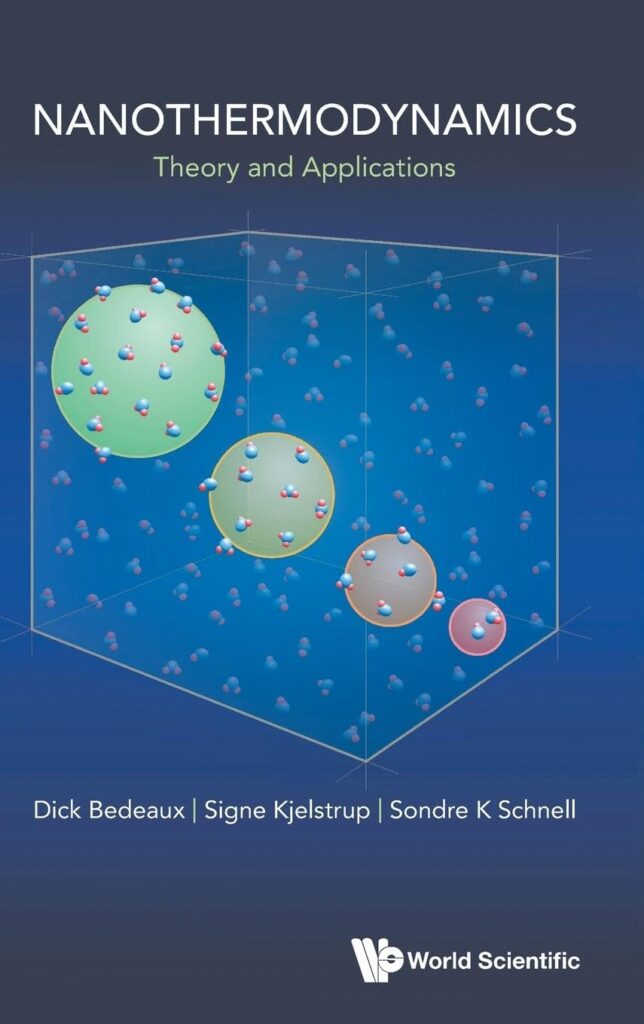
Book description
This book grew out of an idea to study properties of small subsystems of a large reservoir. Observations were at the time not explainable with standard thermodynamics. But the theory of Hill on thermodynamics of small systems provided the systematic procedure needed to address the problem. Following Hill, thermodynamics can be formulated for the nanoscale!
The purpose of this book is to expand and demonstrate Hill’s theory. The theory adds a new term to the fundamental Gibbs equation, that is specific for systems at the nanoscale. The properties that follow may be counter intuitive. The equation of state for a small system, for instance, is not given once and for all. We shall see that it changes with the environmental variables that control the small system. The statistical mechanical machinery remains as before, however.
The world of small systems challenges the standard knowledge; that the number of particles in a system must be very large for thermodynamic equations to apply. We shall see that thermodynamic equations apply perfectly well also for small particle numbers, provided that small-system effects are accounted for correctly. In the world where size and shape are central, we shall find that equations of state can be used down to one particle in a box! There are scaling laws, which help us determine and understand the large system limit better!
In the first part, the authors highlight the basic idea of the theory and provide a more systematic method, than used before. In the second part, the authors demonstrate the power of the theory in a set of central applications of nanoscience in and away from equilibrium, for other scientists to be inspired for further use.
- Publisher : World Scientific Publishing Company
- Publication date : August 2, 2023
- Language : English
- Hardcover : 382 pages
- ISBN-10 : 9811274991
- ISBN-13 : 978-9811274992
- Item Weight : 1.59 pounds
- Dimensions : 6 x 0.94 x 9 inches
- Purchase: Nanothermodynamics: Theory and Applications: Dick Bedeaux, Signe Kjelstrup, Sondre K Schnell: 9789811274992: Amazon.com: Books
About the authors:
Dick Bedeaux is associated member at the Center of Excellence, PoreLab since its creation. He was Professor of Physical Chemistry at the University of Leiden, The Netherlands, from 1984 to 2002, and held (from 2002 to 2011) a part-time Chair at the Norwegian University of Science and Technology (NTNU), Trondheim, Norway. He is now emeritus at both places. Bedeaux, together with Albano and Mazur, extended the theory of irreversible thermodynamics to surfaces. He has worked on curved surfaces. Bedeaux is a fellow of the American Physical Society, and the recipient of the Onsager Medal from the Norwegian University of Science and Technology. Together with Jan Vlieger he wrote the book Optical Properties of Surfaces (Imperial College Press, 2002, and revised edition 2004).
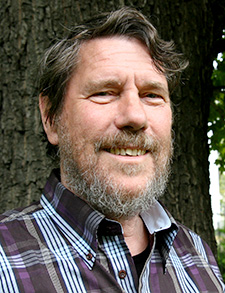
Signe Kjelstrup is Professor of Physical Chemistry since 1985 at the Norwegian University of Science and Technology (NTNU), Trondheim, Norway. She is principal investigator at the Center Of excellence, PoreLab. Until 2015, she was also a part-time Chair on irreversible thermodynamics and sustainable processes at the Technical University of Delft, The Netherlands. Her works in irreversible thermodynamics concern electrochemical cells, membrane systems and entropy production minimization in process equipment. She holds an honorary doctorate from the University of North East China, and has been a guest professor at Kyoto University, Japan, University of Barcelona, Spain.
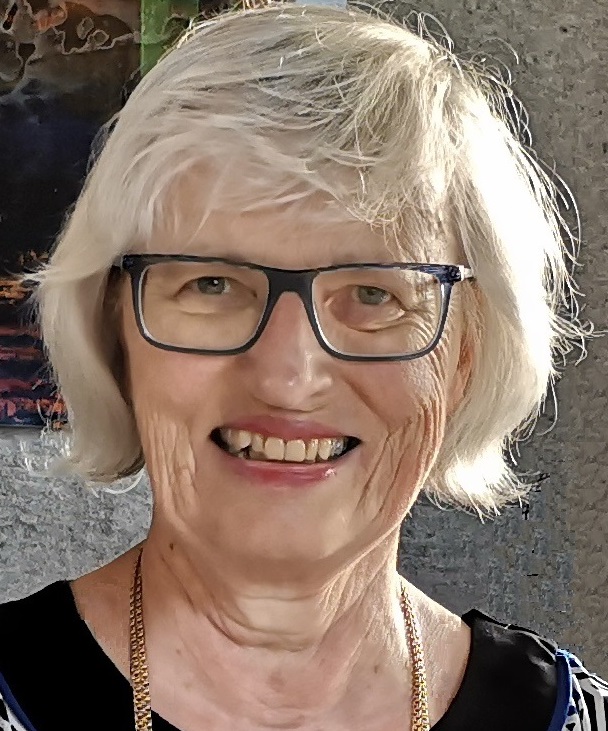
Sondre Kvalvåg Schnell is Associate Professor at at the Norwegian University of Science and Technology (NTNU), Trondheim, Norway. His research focuses on numerical simulations, specifically on thermodynamics properties, both in equilibrium and non-equilibrium. His work targets two specific topics: transport in Magnesium Ion batteries, an alternative battery technology, and nanothermodynamics, which is the description of thermal properties of systems consisting of just a few atoms. In his work he uses molecular simulations, where he explicitly models single atoms, and how they interact with each other. Schnell is associated memebre at the Center Of Excellenece, PoreLab.

Released in 2022: Physics of Flow in Porous Media
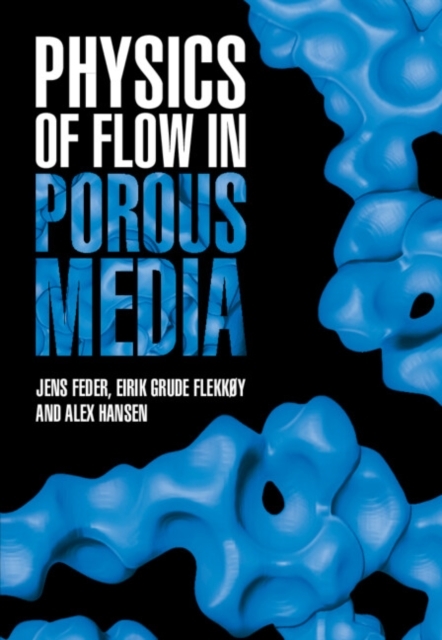
Book description
An invaluable reference for graduate students and academic researchers, this book introduces the basic terminology, methods and theory of the physics of flow in porous media. Geometric concepts, such as percolation and fractals, are explained and simple simulations are created, providing readers with both the knowledge and the analytical tools to deal with real experiments. It covers the basic hydrodynamics of porous media and how complexity emerges from it, as well as establishing key connections between hydrodynamics and statistical physics. Covering current concepts and their uses, this book is of interest to applied physicists and computational/theoretical Earth scientists and engineers seeking a rigorous theoretical treatment of this topic. Physics of Flow in Porous Media fills a gap in the literature by providing a physics-based approach to a field that is mostly dominated by engineering approaches.
Source: Cambridge University Press
- Publisher: Cambridge University Press
- Online publication date: September 2022
- Print publication year: 2022
- Online ISBN: 9781108989114
- DOI: https://doi.org/10.1017/9781009100717
About the authors:
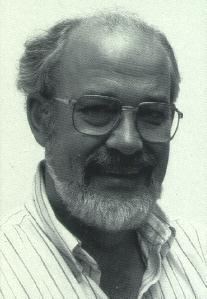
Jens Feder (31 January 1939 – 15 February 2019) was a Norwegian physicist. He was born in Munich, Germany and moved to Oslo in 1947. Following his graduation in physics, he received a NATO fellowship to study phase transitions and superconductors in Orsay, France (1965–66). He then joined IBM Zürich Research in Switzerland (1966–68) to study phase transitions in perovskites.
He was awarded a dr.philos. degree in 1970 by the University of Oslo where, and after spending two years as a lecturer, he was appointed professor of physics, only 35 years old. His research fields were broad and varied, including condensed matter physics, fluid dynamics, complex systems, and geophysics. He cooperated closely with physicist Torstein Jøssang, but also with colleagues worldwide. He spent sabbaticals at the IBM T.J. Watson Research Center in Yorktown Heights, New York (1972–73), at General Electric Research Laboratory in Schenectady, New York (1978–79), as the Williams Otis Crosby lecturer of Geology at MIT (1997), at the Isaac Newton Institute for Mathematical Sciences in Cambridge, UK, and at Imperial College London (1999).
His book Fractals (Plenum, 1988) was translated into several languages, including Chinese, Japanese and Russian.
He was elected a fellow of the Norwegian Academy of Science and Letters in 1988 and a Fellow of the American Physical Society in 1989 “for contributions to theories and experiments on structural phase transitions and on fractals in aggregates and in porous media”.

Eirik Grude Flekkøy was born in Bærum, Norway, in 1963. He received his degree of Doctor of Philosophy (PhD) from the University of Oslo in 1993. He then hold several Post-doctoral positions at MIT in USA , at ESPCI (École supérieure de physique et de chimie industrielles) in Paris, France, and back at the University of Oslo. He became professor of physics at the University of Oslo in 2001. He performed an extraordinary sabbatical at the Centre of Advanced Study in Oslo in 2011 and 2012.
Flekkøy is an elected membership at the Royal Norwegian Society of Sciences and Letters.
He is the author and co-author of several books: “Sandslott og Flodbølger” (2006), “Naturens Kode” (2005) and “Fysikk for Lærere” (2011 and 2021).
Flekkøy is vice-director for the Center of Excellence, PoreLab. He studies especially the role of deformation processes in porous media. Such processes may involve a two-way coupling where fluid forces cause deformation of the porous matrix which, in turn, cause changes in the fluid flow.
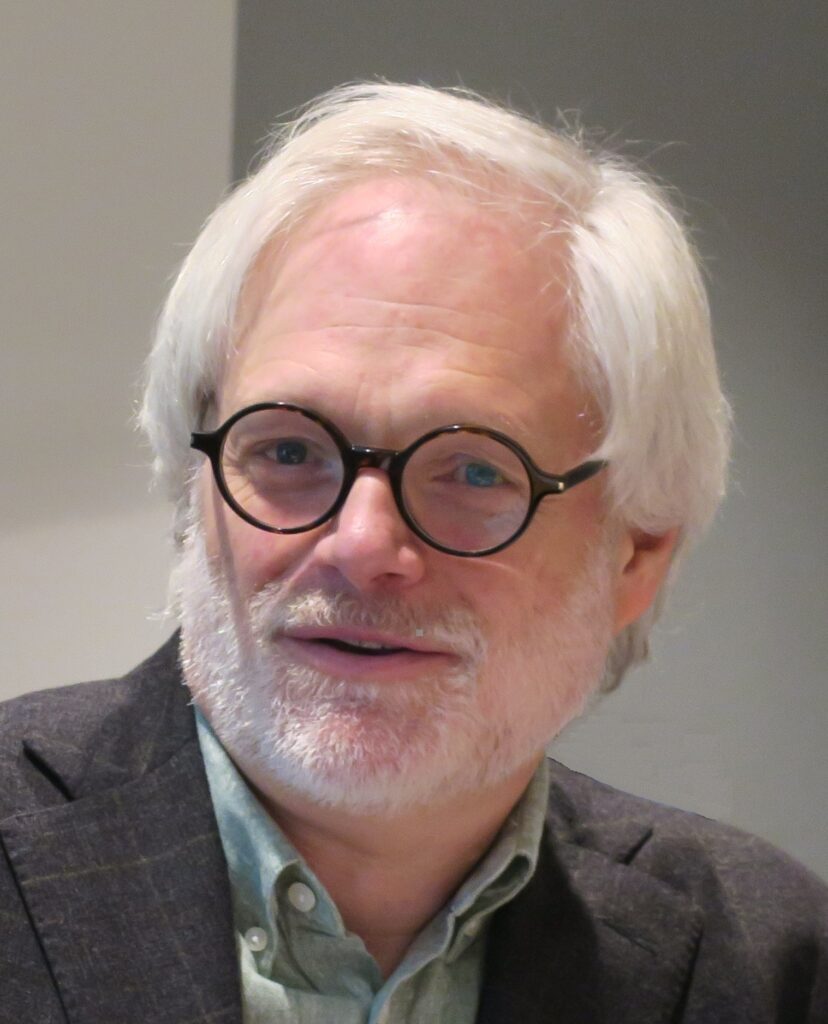
Alex Hansen earned his Ph.D. from Cornell University in 1986. He was then Joliot-Curie fellow at the Ecole Normale Supérieure in Paris, followed by postdoctoral positions at the Universities of Cologne and Oslo. In 1992, Hansen became a CNRS scientist at the University of Rennes 1 in France. He has been professor of physics at the Norwegian University of Science and Technology in Trondheim, Norway since 1994.
Hansen is member of the Norwegian Academy of Science and Letters, the Royal Norwegian Society of Science and Letters and the Norwegian Academy of Technical Sciences. He is Dr. honoris causa at the University of Rennes 1 (2009), where he also wrote his habilitation thesis in 1993.
Hansen has chaired the Commission on Computational Physics and acted as a vice president for the International Union of Pure and Applied Physics.
He is the author and co-author of several books, such as “The Fiber Bundle Model Modelling Failure in Materials” (2015)
Hansen is the director of the Center of Excellence PoreLab. He studies the relations for immiscible two-phase flow in porous media connecting the physics at the pore scale with the macroscopic scale where the porous medium may be described as a continuum.
Released in 2021: The Special Issue “Nanoscale Thermodynamics” is now online!
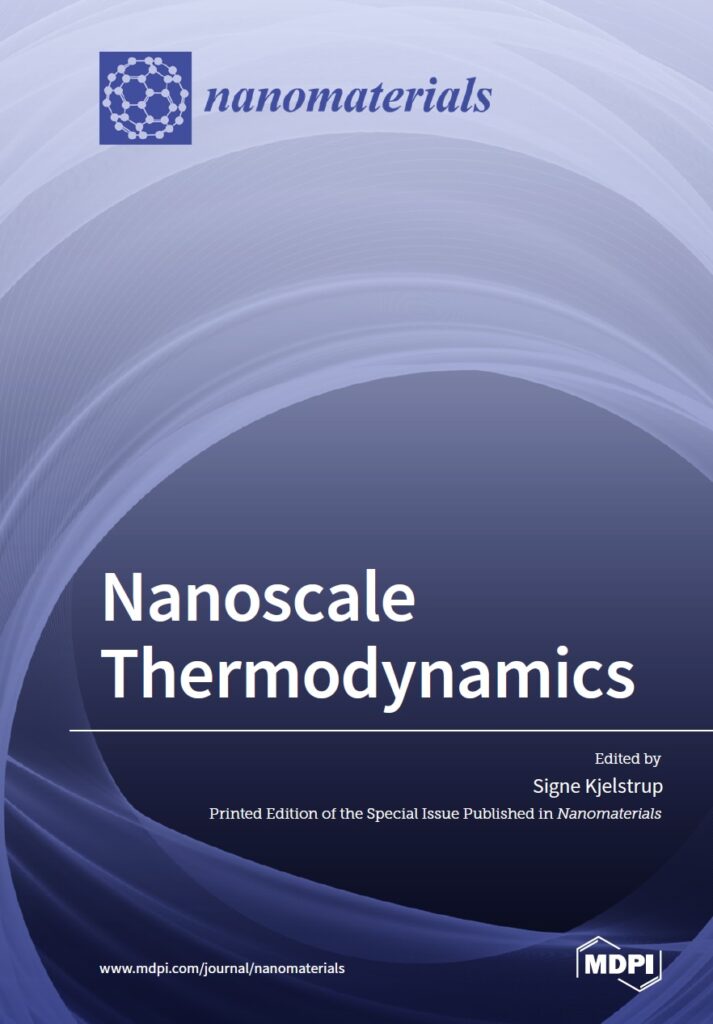
The Special Issue “Nanoscale Thermodynamics” is now online.
This book is a printed edition of the Special Issue Nanoscale Thermodynamics that was published in Nanomaterials
Editor: Prof. Signe Kjelstrup (PoreLab, NTNU)
The book is published online and is freely accessible on the MDPI Books platform: http://www.mdpi.com/books/pdfview/book/4021
The reprint book is listed in the Directory of Open Access Books (DOAB), Google Books and WorldCat and is available through several distribution platforms, e.g., Amazon.
Furthermore, the book can be purchased as a printed copy directly from MDPI’s website.
Download pdf here >>
Download flyer here >>
This Special Issue concerns the development of a theory for energy conversion on the nanoscale, namely, nanothermodynamics. The theory has been applied to porous media, small surfaces, clusters or fluids under confinement. The number of unsolved issues in these contexts is numerous and the present efforts are only painting part of the broader picture. We attempt to answer the following: How far down in scale does the Gibbs equation apply? Which theory can replace it beyond the thermodynamic limit? It is well known that confinement changes the equation of state of a fluid, but how does confinement change the equilibrium conditions themselves? This Special Issue explores some of the roads that were opened up for us by Hill with the idea of nanothermodynamics. The experimental progress in nanotechnology is advancing rapidly. It is our ambition with this book to inspire an increased effort in the development of suitable theoretical tools and methods to help further progress in nanoscience. All ten contributions to this Special Issue can be seen as efforts to support, enhance and validate the theoretical foundation of Hill.
ISBN 978-3-0365-1168-9 (Hbk); ISBN 978-3-0365-1169-6 (PDF)
https://doi.org/10.3390/books978-3-0365-1169-6 (registering DOI)
This book is a printed edition of the Special Issue Nanoscale Thermodynamics that was published in Nanomaterials
Contact: Signe Kjelstrup (Ed.)
Pages: 168
Published: July 2021
Released in 2021: Special Issue reprint book “Application of Nanoparticles for Oil Recovery”
The Special Issue reprint book “Application of Nanoparticles for Oil Recovery” has been published online and is freely accessible on the MDPI Books platform (https://www.mdpi.com/books/pdfview/book/3891). The reprint book will be listed in the Directory of Open Access Books (DOAB), Google Books and WorldCat and is available through several distribution platforms, e.g., Amazon. Furthermore, the book can be purchased as a printed copy directly from the MDPI website here.
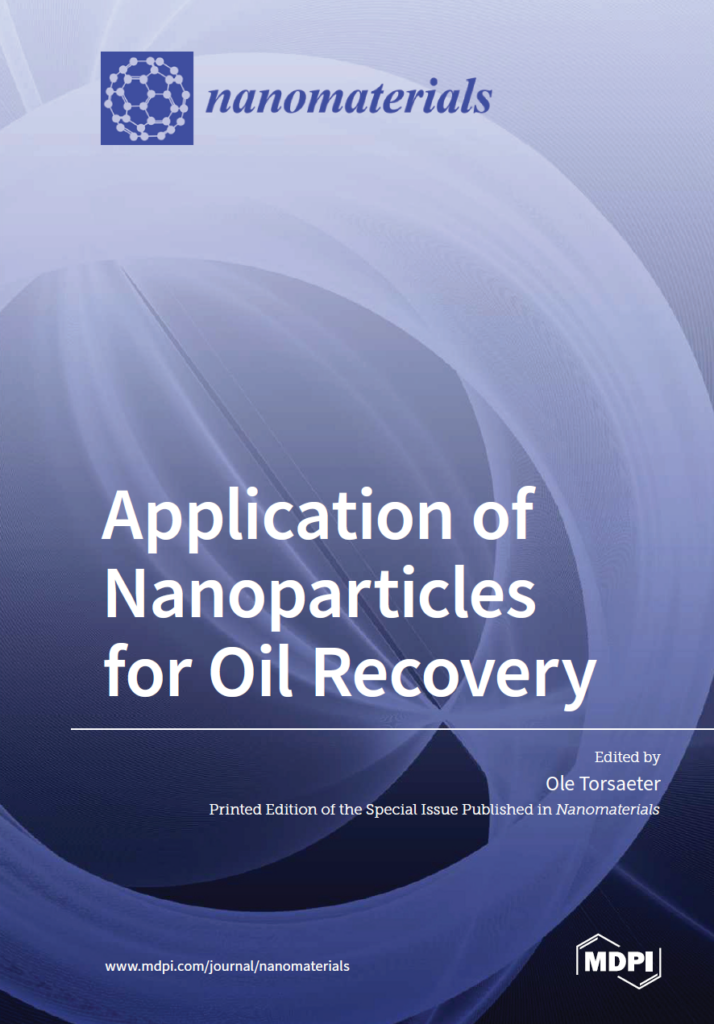
The oil industry has, in the last decade, seen successful applications of nanotechnology in completion systems, completion fluids, drilling fluids, and in improvements of well constructions, equipment, and procedures. However, very few full field applications of nanoparticles as an additive to injection fluids for enhanced oil recovery (EOR) have been reported. Many types of chemical enhanced oil recovery methods have been used in fields all over the world for many decades and have resulted in higher recovery, but the projects have very often not been economic. Therefore, the oil industry is searching for a more efficient enhanced oil recovery method. Based on the success of nanotechnology in various areas of the oil industry, nanoparticles have been extensively studied as an additive in injection fluids for EOR. This book includes a selection of research articles on the use of nanoparticles for EOR application. The articles are discussing nanoparticles as additive in waterflooding and surfactant flooding, stability and wettability alteration ability of nanoparticles and nanoparticle stabilized foam for CO2-EOR. The book also includes articles on nanoparticles as an additive in biopolymer flooding and studies on the use of nanocellulose as a method to increase the viscosity of injection water. Mathematical models of the injection of nanoparticle-polymer solutions are also presented.
Ole Torsæter (Editor)
ISBN 978-3-0365-1318-8 (Hbk); ISBN 978-3-0365-1317-1 (PDF)
https://doi.org/10.3390/books978-3-0365-1317-1 (registering DOI)
This book is a printed edition of the Special Issue Application of Nanoparticles for Oil Recovery that was published in Nanomaterials
Contact: Ole Torsæter (Ed.)
Pages: 130
Published: June 2021
Flyer here >>
Download pdf here >>
Released in 2020: Non-equilibrium Thermodynamics of Heterogeneous Systems
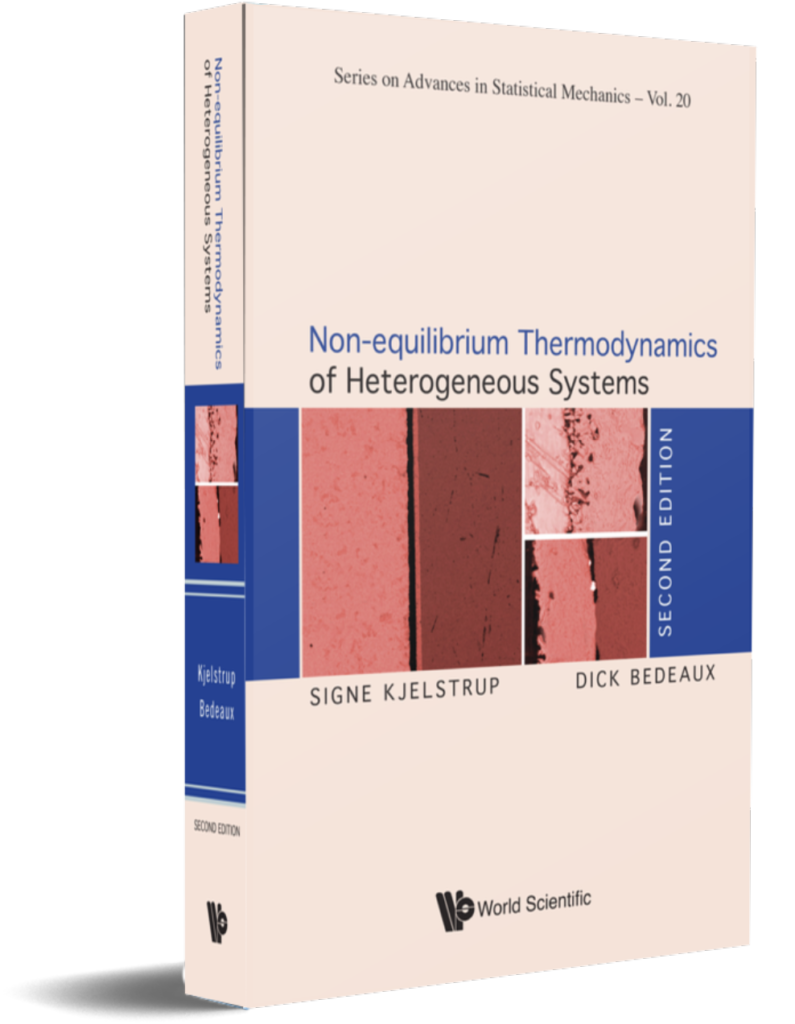
This book utilizes non-equilibrium thermodynamics to describe transport in complex, heterogeneous media. There are large coupling effects between transport of heat, mass, charge, and chemical reactions at surfaces, and it is important to know how one should properly integrate across systems where different phases are in contact. This book is the first to give a prescription of how to set up flux equations for transports across heterogeneous systems.
Review of the first edition:
“This is a very good book,maybe the best in nonequilibrium thermodynamics in the past few years. As the book is restricted mostly to homogeneous systems and assumes preliminary knowledge of equilibrium thermodynamics and the basic balances of continuum physics, it is comprehensible and recommended to everybody who is interested in the application areas of the book or in non-equilibrium thermodynamics in general, both for engineers and researchers.”
Journal of Non-Equilibrium Thermodynamics
Publisher: World Scientific
ISBN: 978-981-121-676-3 (Hardcover)
ISBN: 978-981-121-678-7 (eBook-Individuals)
Format:492 pp / Aug 2020 Hardcover: US $158 / £140
ebook-Individuals: US $126 / £110 Free Preview Available Visit https//doi.org/10.1142/11729
Contact:
Signe.Kjelstrup@ntnu.no
Dick.Bedeaux@ntnu.no
More information in the flyer here >>
Read the book review by Jan Sengers on Energy >>
About the authors:
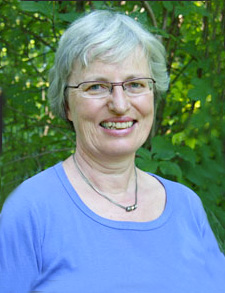
Signe Kjelstrup is a professor of Physical Chemistry at the Norwegian University of Science and Technology (NTNU), Trondheim, Norway. She is presently a principal investigator of PoreLab, Center of Excellence. Her works in irreversible thermodynamics concern electrochemical cells, membrane systems and entropy production minimization in process equipment. Kjelstrup is a elected member of the Royal Norwegian Society of Sciences and Letters and has received the Gulberg and Waage medal from the Norwegian Chemical Society

Dick Bedeaux is an emeritus professor of physical chemistry at the University of Leiden. He is presently an active member of PoreLab, Center of Excellence. Together with Albano and Mazur, he extended the theory of irreversible thermodynamics to surfaces and has worked on curved surfaces in the context of non-equilibrium thermodynamics. Bedeaux is a fellow of the American Physical Society and the recipient of the Onsager Medal from the Norwegian University of Science and Technology.
Released in 2020: Materials for Transitional and Alternative Energy- 1st Edition
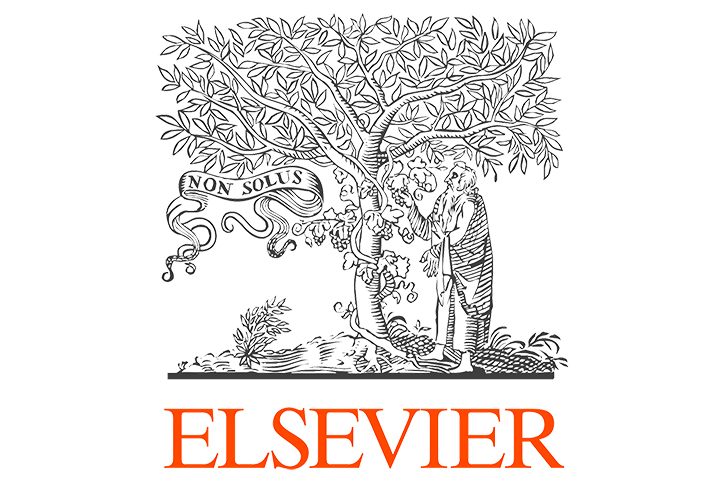
Sustainable Materials for Transitional and Alternative Energy, a new release in the Advanced Materials and Sensors for the Oil and Gas Industry series, comprises a list of processes across the energy industry coupled with the latest research involving advanced nanomaterials. Topics include green-based nanomaterials towards carbon capture, the importance of coal gasification in terms of fossil fuels and advanced materials utilized for fuel cells. Supplied from contributing experts in both academic and corporate backgrounds, the reference contains a precise balance on the developments, applications, advantages and challenges remaining.
The book addresses real solutions as energy companies continue to deliver energy needs while lowering emissions. The oil and gas industry are shifting and implementing innovative ways to produce energy in an environmentally friendly way. One approach involves solutions developed using advanced materials and nanotechnology. Nanomaterials are delivering new alternatives for engineers making this a timely product for today’s market.
Table of contents
- Smart and State-of-the-art materials in oil and gas industry
- Advanced Materials for Geothermal Energy Applications
- Functional Green-Based Nanomaterials Towards Sustainable Carbon Capture and Sequestration
- Nanocatalysts and Sensors in Coal Gasification Process
- Advanced Materials for Next Generation Fuel Cells
Imprint: Gulf Professional Publishing Copyright: @Gulf Professional Publishing 2021
ISBN: 9780128243794 (printed version)
Page count: 350
Language: English Published: 1st February 2021
Editors: Mufrettin Sari, Cenk Temizel, Celal Canbaz, Luigi Saputelli, Ole Torsæter
Released in 2020: Sustainable Materials for Oil and Gas Applications – 1st Edition

Sustainable Materials for Oil and Gas Applications, a new release in the Advanced Materials and Sensors for the Oil and Gas Industry series, comprises a list of processes across the upstream and downstream sectors of the industry and the latest research on advanced nanomaterials. Topics include enhanced oil recovery mechanisms of nanofluids, health and safety features related to nanoparticle handling, and advanced materials for produced water treatments. Supplied from contributing experts in both academic and corporate backgrounds, the reference contains developments, applications, advantages and challenges. Located in one convenient resource, the book addresses real solutions as oil and gas companies try to lower emissions.
Table of Contents
1. Importance and Emergence of Advanced Materials and Sensors for Energy Applications
2. A Biophilic Material in Petroleum Exploration and Production: Iodine
3. Advanced Materials and Sensors in Well Logging, Completions and Drilling Operations
4. Nanoparticles in Enhanced Oil Recovery Processes
5. Intelligent Materials in Unconventional Oil and Gas Recovery
6. State-of-the-Art Materials in Petroleum Facilities and Pipelines
Imprint: Gulf Professional Publishing Copyright: @Gulf Professional Publishing 2021 ISBN: 9780128243800 (printed version)
Page count: 350 Language: English Published: 1st February 2021
Editors: Cenk Temizel, Mufrettin Sari, Celal Canbaz, Luigi Saputelli, Ole Torsæter
Released in 2020: Nanothermodynamics – General Theory
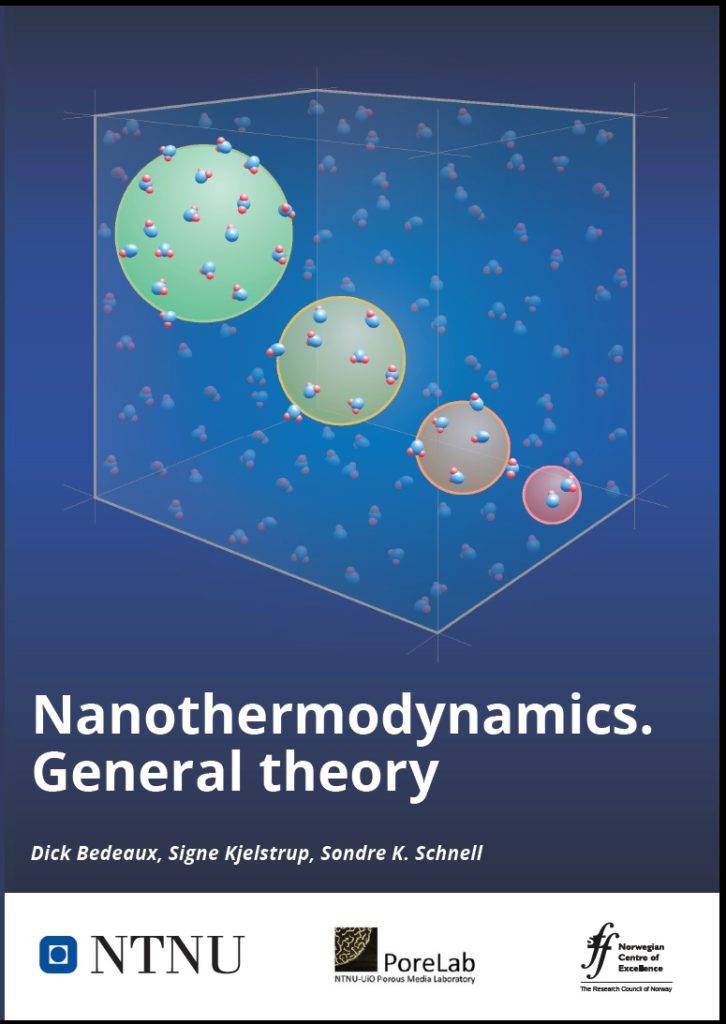
The world of small systems challenges standard knowledge. Can we use classical thermodynamics? The answer to that is no. The book discusses how Terrill Hill developed the field of nanothermodynamics, which applies perfectly well also to small systems, to address this problem. He introduced an ensemble of replicas of the small system and showed that the energy needed to add such a replica plays a crucial element in the description of the small system contribution.
The purpose of this book is to expand on and demonstrate Hill’s theory. His theory adds new terms to the thermodynamic equations, that are specific for system at the nanoscale. The new properties of these equations may be counter intuitive. The equation of state for a small system, for instance, is not given once and for all. It changes with the environmental variables and the shape that control the small system.
Within nanothermodynamics we can deal with single molecules, unlike in classical thermodynamics. Equilibrium conditions will change upon confinement. These features make nanothermodynamics very different from classical thermodynamics and relevant for the description of fluid transport in nanoporous media. Nanothermodynamics affects porous media on the micrometer scale. As soon as the system’s surface energy is sizable compared to the bulk energy, we need to consider small system effects. Scaling laws are presented which help to describe the small system over a range of sizes and to understand the large system limit better.
Publisher: PoreLab
ISBN: 978-82-69187 (PoreLab) ISBN: 978-82-691871-1-3 (printed version)
Format:
Paperback: 20 euros
ebook: free
Contact:
Dick.Bedeaux@ntnu.no
ebook available here (free) >>
About the authors:
Dick Bedeaux is associated member at the Center of Excellence, PoreLab since its creation. He was Professor of Physical Chemistry at the University of Leiden, The Netherlands, from 1984 to 2002, and held (from 2002 to 2011) a part-time Chair at the Norwegian University of Science and Technology (NTNU), Trondheim, Norway. He is now emeritus at both places. Bedeaux, together with Albano and Mazur, extended the theory of irreversible thermodynamics to surfaces. He has worked on curved surfaces. Bedeaux is a fellow of the American Physical Society, and the recipient of the Onsager Medal from the Norwegian University of Science and Technology. Together with Jan Vlieger he wrote the book Optical Properties of Surfaces (Imperial College Press, 2002, and revised edition 2004).

Signe Kjelstrup is Professor of Physical Chemistry since 1985 at the Norwegian University of Science and Technology (NTNU), Trondheim, Norway. She is principal investigator at the Center Of excellence, PoreLab. Until 2015, she was also a part-time Chair on irreversible thermodynamics and sustainable processes at the Technical University of Delft, The Netherlands. Her works in irreversible thermodynamics concern electrochemical cells, membrane systems and entropy production minimization in process equipment. She holds an honorary doctorate from the University of North East China, and has been a guest professor at Kyoto University, Japan, University of Barcelona, Spain.

Sondre Kvalvåg Schnell is Associate Professor at at the Norwegian University of Science and Technology (NTNU), Trondheim, Norway. His research focuses on numerical simulations, specifically on thermodynamics properties, both in equilibrium and non-equilibrium. His work targets two specific topics: transport in Magnesium Ion batteries, an alternative battery technology, and nanothermodynamics, which is the description of thermal properties of systems consisting of just a few atoms. In his work he uses molecular simulations, where he explicitly models single atoms, and how they interact with each other. Schnell is associated memebre at the Center Of Excellenece, PoreLab.

Book Launching on May 26th, 2020 at PoreLab
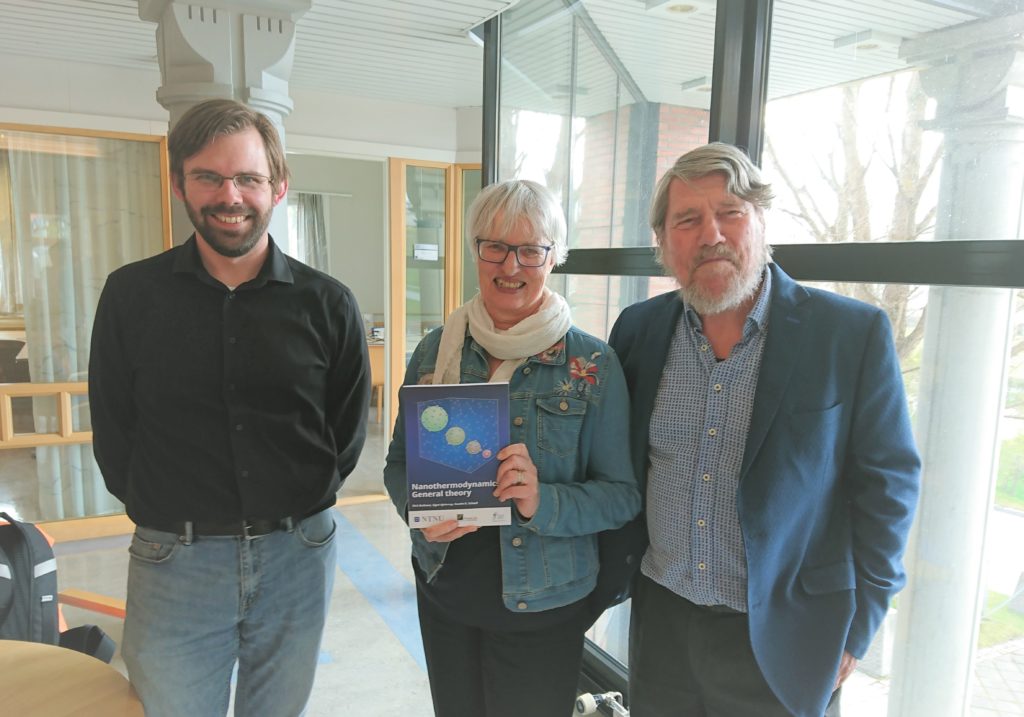
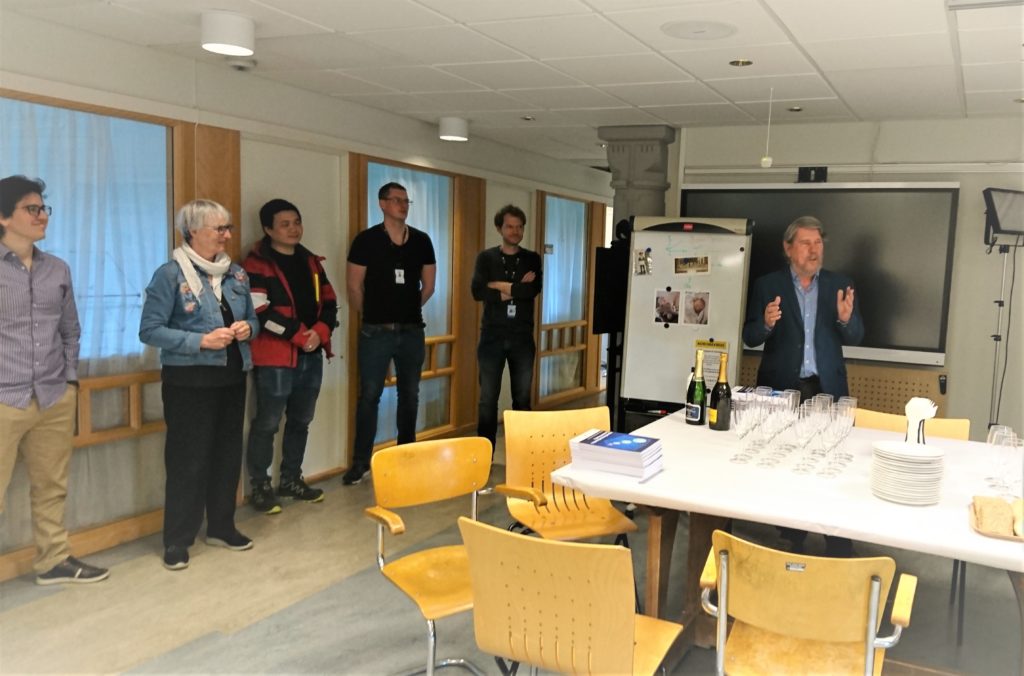

Previous Release: Joint Acoustic and Electrical Measurements for Unfrozen Water Saturation Estimate – A Review
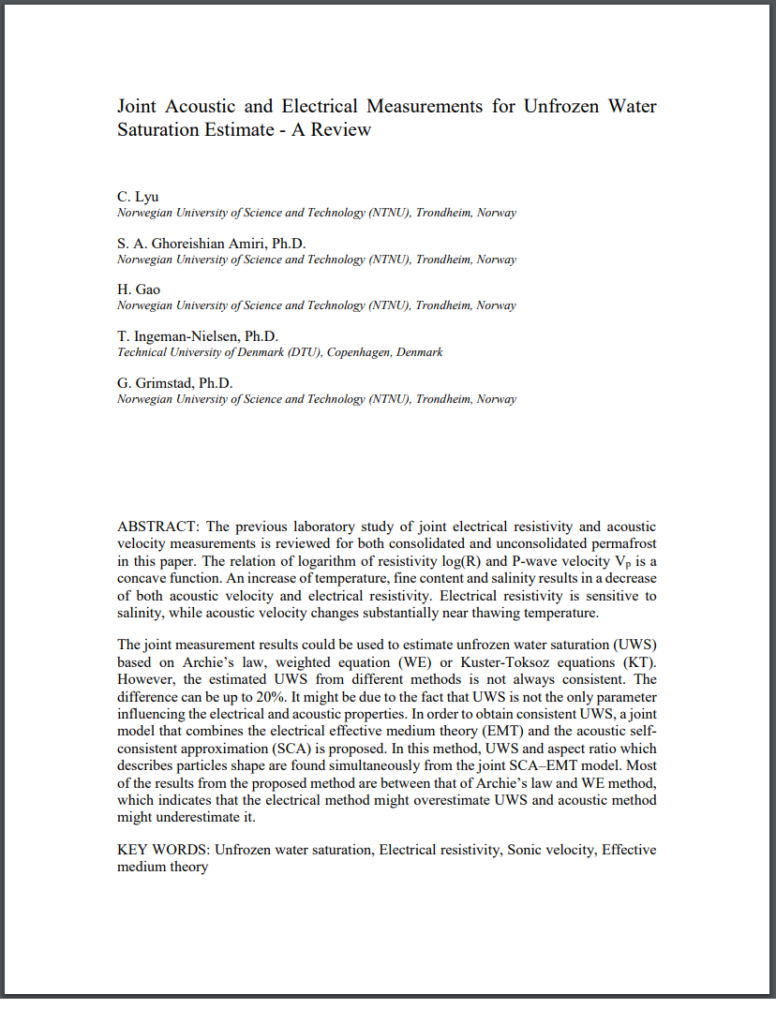
Abstract
The previous laboratory study of joint electrical resistivity and acoustic velocity measurements is reviewed for both consolidated and unconsolidated permafrost in this paper. The relation of logarithm of resistivity log(R) and P-wave velocity Vp is a concave function. An increase of temperature, fine content, and salinity results in a decrease of both acoustic velocity and electrical resistivity. Electrical resistivity is sensitive to salinity, while acoustic velocity changes substantially near thawing temperature. The joint measurement results could be used to estimate unfrozen water saturation (UWS) based on Archie’s law, weighted equation (WE), or Kuster-Toksoz equations (KT). However, the estimated UWS from different methods is not always consistent. The difference can be up to 20%. It might be due to the fact that UWS is not the only parameter influencing the electrical and acoustic properties. In order to obtain consistent UWS, a joint model that combines the electrical effective medium theory (EMT) and the acoustic self-consistent approximation (SCA) is proposed. In this method, UWS and aspect ratio which describes particles shape are found simultaneously from the joint SCA-EMT model. Most of the results from the proposed method are between that of Archie’s law and WE method, which indicates that the electrical method might overestimate UWS and acoustic method might underestimate it.
Authors
C. Lyu
Norwegian Univ. of Science and Technology (NTNU), Trondheim, Norway
S. A. Ghoreishian Amiri, Ph.D.
Norwegian Univ. of Science and Technology (NTNU), Trondheim, Norway
H. Gao
Norwegian Univ. of Science and Technology (NTNU), Trondheim, Norway
T. Ingeman-Nielsen, Ph.D.
Technical Univ. of Denmark (DTU), Copenhagen, Denmark
G. Grimstad, Ph.D.
Norwegian Univ. of Science and Technology (NTNU), Trondheim, Norway
- Published online:August 08, 2019
- https://doi.org/10.1061/9780784482599.004
- Publisher: American Society of Civil Engineers (ASCE)
- URI: http://hdl.handle.net/11250/2612669
- ISBN: 9780784482599
- p. 26-34
